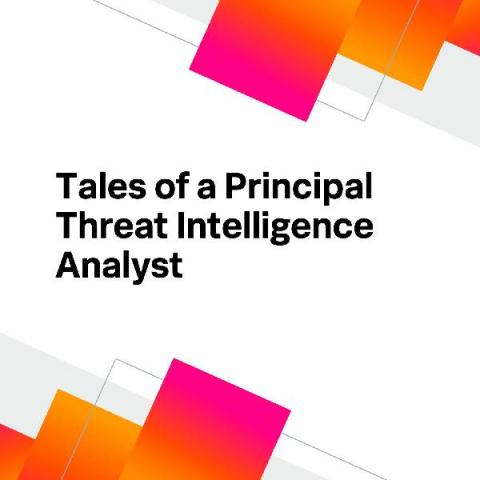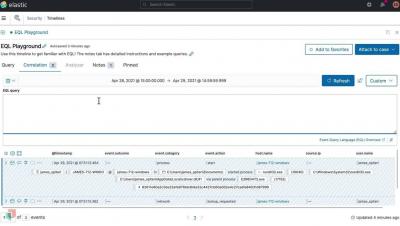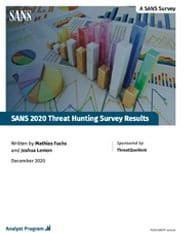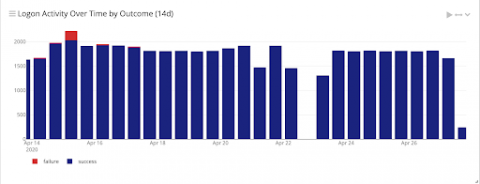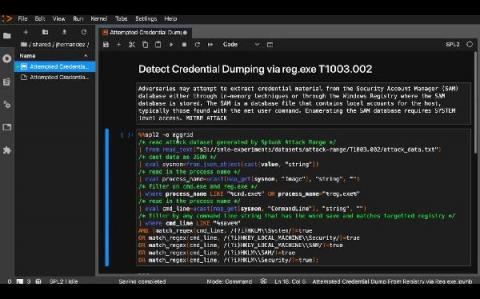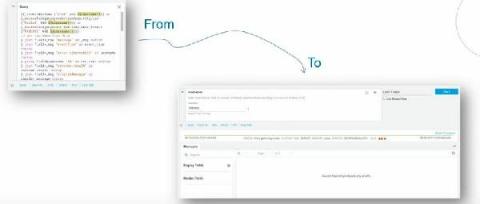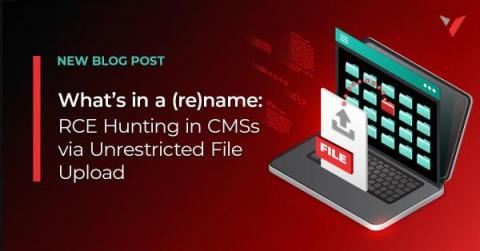Tales of a Principal Threat Intelligence Analyst
At Splunk, we’re constantly on the hunt for new and emerging threats — tirelessly developing detection techniques to zero in on bad actors, while sharing key intelligence around cybercrime activity. But because threat intelligence can relate to so many different things — ranging from spear phishing campaigns to dark web dealings — it can be a challenge to cover and define all the specifics of what (or who) to look out for.


